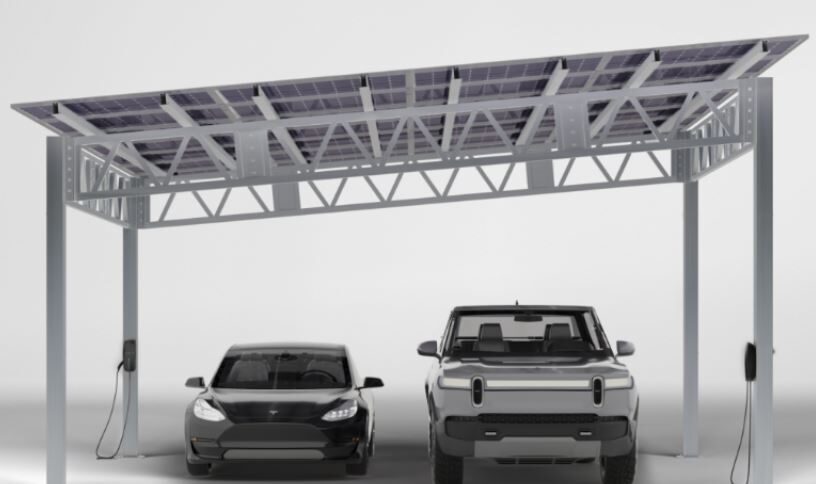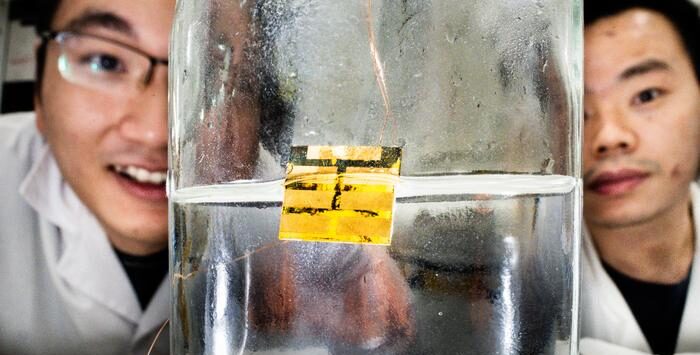An international team has developed a new technique to recycle Perovskiet sun cells (PSC) on glass substrates using a water-based solution. Tests showed that the recycled cells were just as efficient and stable as the original devices.
Scientists led by Linköping University and Cornell University have proposed a new technique to recycle Perovskiet sun cells on glass substrates using a water-based solution. The new approach is described as efficient and stable as the original devices in the study.
“We wanted to work on recycling, because we care about the resources and the environment. At the same time, we do not want to cause new problems during recycling. That is why we wanted to use green solvents during recycling. Water is certainly a good candidate like a green solvent, and it appears to work well by playing with some chemistry, ”said author of the research, Feng Gao, said PV -Magazine. “The biggest challenge was to restore phase-purified and high-quality perovskiet crystals from the water solution. We have made quite a few efforts to make that happen. ‘
The team demonstrated the process with both Mapbi3 and Fapbi3 Perovskite materials. All materials needed to make perovskite solar cell devices, including perovskiet, spiro-timetad, tin (IV) oxide (SNO2) coated Indium tin-oxide (ITO) substrates and gold contacts can be recycled according to the team.
It introduced three cheap additives, sodium acetate (NAOAC), sodium iodide (NAI) and pituitary forecourt (H3Poetry2) In the aqueous solution to tackle “solubility, phase purity and stability challenges.”
There are two thermal steps in the recycling process. GAO explained that the first thermal process mitigates the maturing mucus to enable encapsulation glass delamination, and the other solves the perovskites in the water solution.
Indeed, the ethylene vinyl acetate (EVA) Inkapsulant is softened with 150 ° C for 3 m to facilitate delamination, according to the examination, and later in the process the solution that the broken perovskiet contains is heated to 80 C and then cooled to reduce high . -Purity perovskiet crystals.
Devices made with recycled perovskites reached an average power conversion -efficiency of 21.9, with a champion value of 23.4%. The researchers noted that after the fifth round of recycling the PCE average was 21.8% and the champion efficiency was 23.5%, which is “similar to those of the devices made with fresh materials”.
The team investigated the recycled powder and films and discovered that the X-ray fraction, photoluminescence spectra and morphology results “well” tailored to phase-pure perovskites. Stability tests showed that 88.2 of the initial PCE was preserved after being stored in an ambient air at 85 ° C after 504 hours, while 87.7 % were retained after 552 hours of light soak at 50 ° C in nitrogen.
“After repeated relegation recycling processes, the recycled devices show similar efficiency and stability compared to the new devices,” concluded the researchers, adding that the watery solution itself retained its purity after several rounds of perovskites recycling.
An additional cost analysis showed that the aqueous recycling process could lower the level of electricity by 18.8% for systems on utility scale and 20.9% for residential systems, making it a cheap solution.
The team also discovered that compared to the exhaustion of the landscape scenario -resource, 96.6% was reduced and human toxicity was reduced by 68.8%.
“The biggest challenge from the life cycle assessment and techno-economic perspective was to discover how effective a complete recovery of the cover glass, electrodes, transport layers and perovskiet could reduce both the exhaustion of resources and long-term costs,” co-speaking author Fengqi told you PV Magazine. “In particular, the minimum energy needed for water-based solution, combined with the high purity and reuse of restored materials, led to significant environmental and economic benefits that go far beyond our initial expectations.”
The research team included academics from the University of Toledo and Westlake University. The work is described in detail in “Watery recycling of perovskiet“Published in nature.
Image: Linköping University
This content is protected by copyright and may not be reused. If you want to work with us and reuse part of our content, please contact: editors@pv-magazine.com.
Popular content



